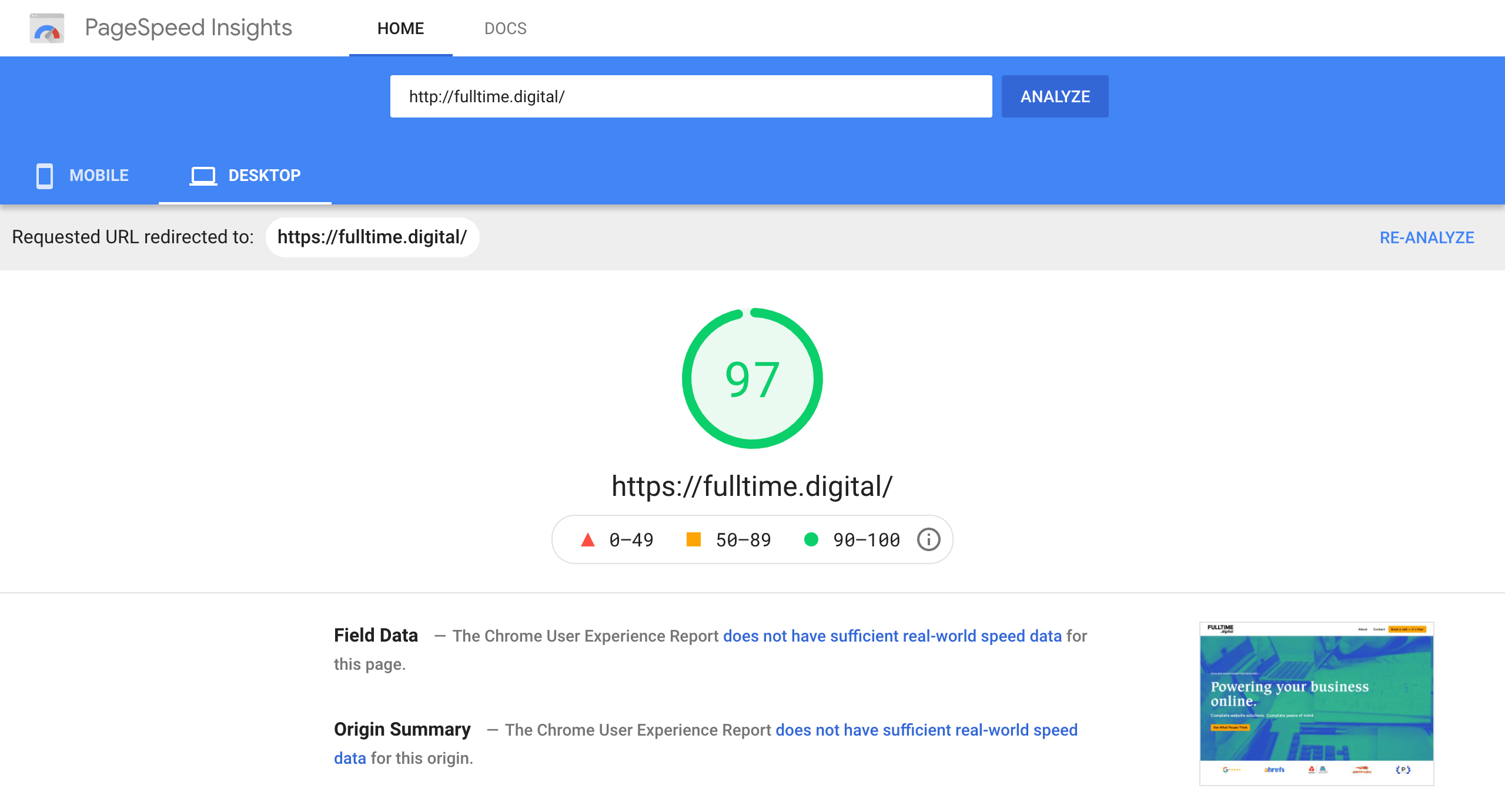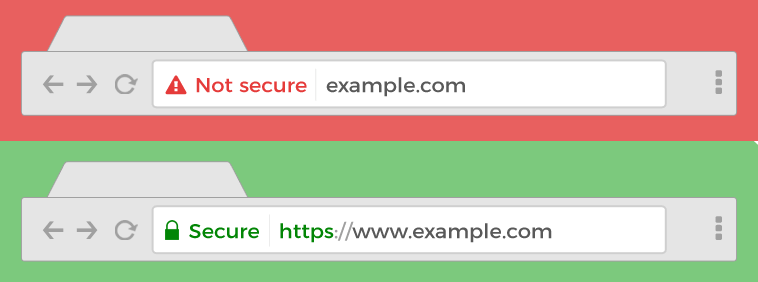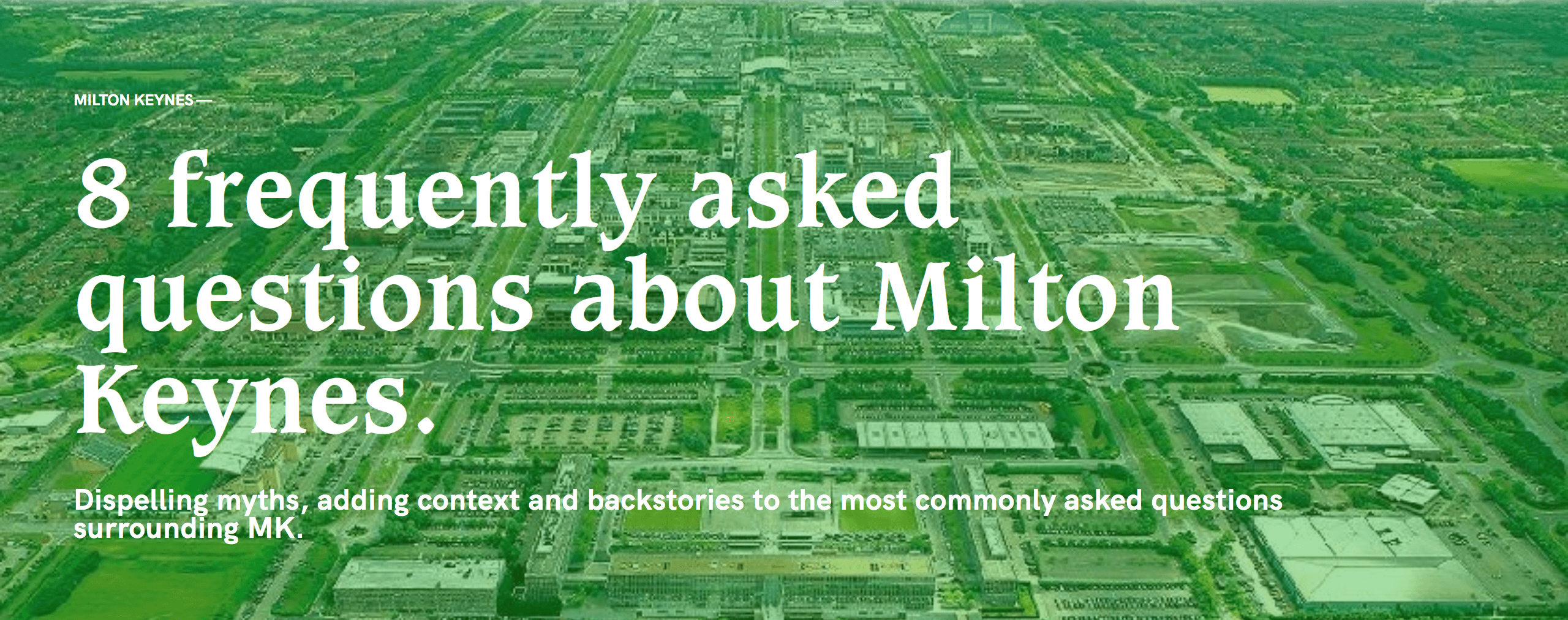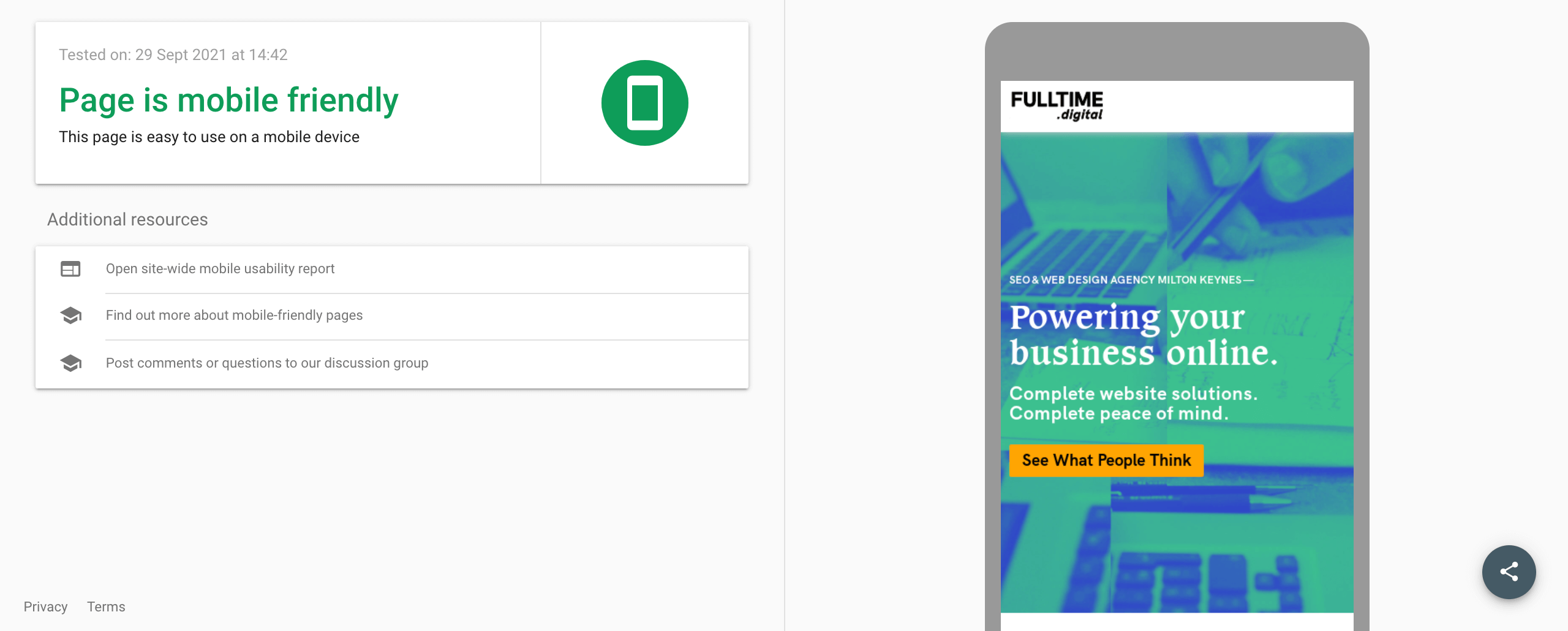DIY optimisation explained...
Most of the time Search Engine Optimisation is presented as some mysterious service, with a lot of smoke and mirrors to confuse the customer. Acronyms, industry terms and poor explanations often contribute to this confusing perception, which can often create unintended barriers for SEO companies like ours, where businesses have a rough understanding of the optimisation concept but really lack trust in the people offering to provide these services.
This inspired the latest article. We really want to offer as much support and education on the topic as possible, without condescending our readers or deliberately confusing them with unusual names and terms.
So we’ve created a list of actionable points that you can fix across your site TODAY, with nothing more than this article. This includes examples, images, links to useful tools and more to make this understandable and give you a real way to improve your site ranking.
Let’s dive in and remember, if you have any questions or doubts, just get in touch; we’re happy to discuss any points you’re unsure about.
1. Have a target keyword for every page on your website.
I’m sure you will have heard ‘keyword research’ many times if you are reading this. Put simply, these are words or terms that will be relevant when searching for your company, product or services.
For example, for us, main keywords will include:
- SEO Milton Keynes
- SEO Agency Milton Keynes
- Milton Keynes Digital Agency
When users search for these terms or something containing these words, we want to rank high on the search engine results page (SERP). You should consider this when creating your web page content, as each page should be focused around one keyword. Ideally your target keywords will appear in your URL, in your H1 heading, and your page’s meta description. This will confirm to Google and other search engines that your web page is focused on providing value to users searching for these specific keywords within their query.
2. Improve your website speed.
It’s common knowledge that web page speed is a ranking factor for Google. You should also be aware that most users expect a site to load within 3 seconds, and each second lost will result in a huge percentage of lost traffic and people literally won’t wait for more than a few seconds. This has been measured and verified so don’t doubt it’s impact on your site's traffic.
There are a few ways to improve this. Firstly, actually check it. You can use Google’s pagespeed tool to measure the speed, and this will also provide a breakdown of the elements causing the biggest delays in load times. You can take this to your developer to improve on the points raised, or take it upon yourself if you’re comfortable.
One common reason will be a poor hosting plan. It’s very possible that during the site’s creation, you or your developer chose the cheapest hosting plan available. This is a bad tactic in the long term just to save a couple of pounds per month. Speak to your hosting provider and upgrade to the appropriate package based on the size of your website.

3. Make sure your site is registered on Google Search Console.
This is an easy one! Register your site on search console and from there you can request Google to crawl your website sitemap. If they haven’t done already, they will crawl the site now and determine where to display the pages based on user queries. They will also highlight any issues or errors on the pages they have scanned.
From there you can monitor this monthly to view a number of metrics that will be useful for a site owner, including web search clicks, pages with errors, page experience and usability, however some of these will depend on your website traffic and may not show any data if the traffic is too low.
4. Make sure you have SSL certificate integrated.
I’ve mentioned this in previous articles and it’s pretty basic stuff for a site owner, but you’d be surprised how many sites I come across that are insecure due to having no SSL certificate. The SSL encrypts data between the user and the website, such a personal information, transaction details and card details.
If you’re expecting customers to send a message, provide some personal information or even purchase directly through your site, you’ve basically got no chance without an SSL certificate integrated. Google will literally tell users that your site is unsafe and they shouldn’t continue.
Fix this immediately. Your hosting provider will probably offer this and they can be installed within minutes.

5. Create and verify Google Business Profile (GBP) listing.
Google Business Profile, formally known as Google My Business is great for gaining local exposure and getting your business quite literally on the map. If you haven’t already, go and read this article about local SEO, which breaks down what local SEO is, how it works and why it matters.
Without registering your business on GBP, you’re going to have a hard time getting found locally. Here’s some numbers to illustrate that point.
- 30% of all mobile searches are related to location. (Think with Google)
- 28% of searches for something nearby result in a purchase. (Think with Google)
- “Where to buy” and “near me” mobile queries have grown by over 200% from 2017 to 2019. (Think with Google)
And the list goes on. Most businesses have clued up on this and get it set up fairly fast. If you haven’t, check out our free Google Business Profile checklist and work through the list as soon as possible.

6. Write blog articles answering all the questions related to your main keywords.
Content in the form of blog articles will in the long term be the back bone of your SEO efforts. They will target keywords and phrases in your industry or niche which will draw traffic from user queries, and if the quality of the content is high enough, they will attract free backlinks from other authoritative websites, boosting your own domain authority and Google rank.
Blog articles normally come in three distinct formats, which can be broken down like this:
- Response Posts — answering direct questions.
- Staple Posts — sharable content, for example ‘11 tips for…’ or '5 steps to…'
- Pillar Posts — big 3000-4000 word articles hitting main keywords of much more competitive topics.
This article you're reading could be classed as a 'Staple Post' as we're providing sharable content, but we also published a 'Response Post' article recently, targeting Milton Keynes most frequently asked questions on Google. We discovered the most commonly searched terms using the free tool AnswerThePublic and searching for the phrase Milton Keynes, then used the questions as headers in our article before answering each one in detail. This gained us some free backlinks as local news agents shared the relevant content to their audience.

7. (If your site is on WordPress) Get rid of pointless plugins!
Wordpress is by far the most popular website platform available online today, and it's likely your website is built on it. There are many great features, and when built and managed correctly can serve your business perfectly well.
However with great power comes great... disadvantages. Plugins are the add-on applications that you can install to your WP site to enable new features. These can be anything from e-commerce functionality, to a live chat box, to some visual feature, and so on. The list in endless.
A common issue we notice is how some website owners get a bit carried away with the plugins used across their site. Each plugin has its own file size which, when using several, can drastically slow down site speed (by the way the same concept applies for Shopify sites using too many plugins). A lot of the plugins used can serve many features, but the site owner is only using one of them, which means they have a fairly large plugin integrated for a single small feature. In this case it is best to find a plugin that fulfils that single purpose. It will be lighter and have less of an impact on your site speed.
Another issue with multiple plugins used is that they all require their own maintenance. The Wordpress platform itself requires regular updates, and when these happen, whether automatically or manually, it can expose weaknesses in the theme or plugin code. Therefore it is necessary to update the theme and all plugins too, reducing the risk of your site being vulnerable to attack.
If the WP platform, site theme and all plugins are not kept updated continuously, your site will be at risk of attack. We’ve seen it before when a site is hacked, Google will identify this and warn users not to enter the insecure site.
Full disclosure, we have completely moved away from Wordpress now due to the high maintenance requirements, so unless we take on new clients with their site already on it, we now recommend our new platform of choice — Webflow, for its clean semantic code, SEO friendliness and low maintenance requirement. We’ll be publishing an article soon highlighting the benefits of moving to this platform, so hopefully it will prove insightful for anyone getting tired with WP.
8. Ask any SEO company for a site health audit.
A site health audit is where your website is scanned comprehensively to identify any and all errors, warning and other issues across the pages. Most SEO companies will offer this for free to entice you into using their services. We include a monthly site audit as part of our SEO plans.
If you can get hold of one of these audits, there will likely be many points identified that you could resolve yourself with a bit of research and patience. There are some more technical aspects that we would definitely recommend you leave to professionals (like us), however in the entrepreneurial spirit it’s quite common to give it a go and see how you do. If you notice any detrimental effects then maybe revert to a backup of your site or get in touch with us for some advice.

9. Create a feedback process to ensure customers give you Google reviews every time.
Reviews are one of the strongest social proofs your business can have. It creates credibility and improves trust. 59% of consumers are using Google to read reviews before making purchases.
While reviews aren’t a direct ranking factor, the more reviews you have, the more customers will click on to your site or purchase from you, which in turn shows Google that your offering is popular, thus improving your Google ranking... so they have an indirect SEO advantage.
We highly recommend to our clients that they make an in-house process so they always ask their customers for a Google review without fail, including going to previous customers and asking the same. A quick build up of reviews will boost your credibility online and they will be displayed on your GMB listing.
Don’t underestimate the value of positive reviews!
Need some support?
✔️ Improve your Google ranking
✔️ Understand your site performance
10. Check your site is mobile friendly.
Google now prioritise the mobile version of a website over desktop, so you should too. It is undoubtedly best practice with web design and development to have a responsive website, meaning it will adjust size depending on the screen size that it is being viewed on, whether it is a phone, tablet or desktop.
You can check the site’s mobile friendliness using the free Google mobile friendly test tool; just enter your URL and see the results. This quick check will either be a sigh of relief or a stark warning that your site isn’t up to scratch.
You will be severely penalised for an unresponsive or mobile unfriendly website by search engines, and the users that do reach your site will suffer from a bad experience.

11. Optimise images.
Optimising your images is not only a great strategy for improving site speed, as it reduces the file sizes and therefore loading times, but it also has benefits for disabled users and for Google when they’re crawling your site. We’ll run through some pointers here for reference.
File Name
Firstly, your file name is important. Very often an image or video will have some crazy file name with no logic or relevance. Google is reading the file name and it doesn’t understand any more than you do. Change the file name to a brief description of the asset. If the image is a JPG file of a green frog eating a fly, then name the file something like ‘green-frog-eating-fly.jpg’. It helps Google understand the image and can mean the difference between your content being served to a user query that matches your offering.
Compress File Size
Compressing a file means making the file size smaller. Some images are extremely large files, which as mentioned above will need more time to load, slowing site speed. You can compress images individually or in bulk using a free tool such as TinyJPG. Drag your images in, compress then download in bulk, and it won’t change the file names either so they stay clean and logical as you followed our first point above. Now the images are ready to be uploaded to your website.
Alt Tags
Once the images are uploaded, there will be an option in the settings to add an alt tag. Similar to the file name, the alt tag should be a simple description of the image. Not only does this help Google again, but if the image doesn’t load correctly the alt tag is often displayed instead for reference. Another benefit is that users with poor eyesight normally use a tool that vocalises the alt tag for them so they can understand what the image is where and why.
Summary
We really hope this is useful. Take these actions today across your site and you will improve your overall site health, boost your ranking and increase your traffic. For a more long term plan, get in touch with us to discuss an SEO plan that suits your business. We do this every day for businesses like yours.
FULLTIME.digital build and optimise websites specific to your needs and your business. Want to get serious about your website?
Get in touch and talk to the team.

